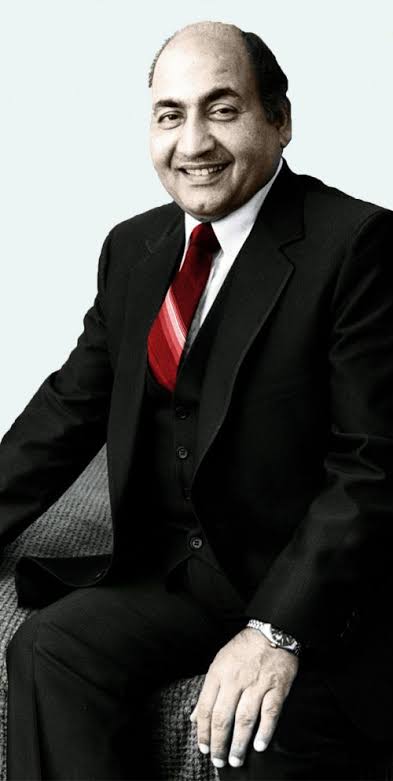Mohammed Rafi: Legendry Playback Singer and Musician

Biography:
Mohammed Rafi, born on December 24, 1924, was a legendary Indian playback singer and musician. Considered one of the greatest and most influential voices in the history of the Indian subcontinent.
Early Life:
- Rafi was born in a Punjabi Jat Muslim family in Kotla Sultan Singh, near present-day Majitha in Amritsar district of Punjab, India.
- His nickname was Pheeko, and he began singing by imitating a fakir in his village.
- Rafi’s family moved to Lahore in 1935, where his father ran a barbershop, and Rafi learned classical music from various teachers.
Career Beginnings:
- Rafi made his debut as a playback singer in the Punjabi film “Gul Baloch” in 1941, Hindi film debut was in “Gaon Ki Gori” (1945).
- He moved to Bombay (now Mumbai) in 1944 and began his career in the Hindi film industry.
- Rafi’s association with music directors like Naushad and Shyam Sunder played a crucial role in establishing his career.
Collaborations with Music Directors:
- Rafi worked with prominent music directors such as Naushad, S. D. Burman, Shankar–Jaikishan, Ravi, Madan Mohan, O. P. Nayyar, Laxmikant–Pyarelal, Kalyanji Anandji, and others.
- His collaboration with Naushad in films like “Baiju Bawra” (1952) and “Mughal-e-Azam” (1960) produced iconic songs.
- Rafi sang extensively for Shankar–Jaikishan, winning several awards for songs in films like “Chhalia” (1960), “An Evening in Paris” (1967), and others.
Versatility and Achievements:
- Rafi’s songs covered a wide range of genres, including fast-paced numbers, patriotic songs, sad melodies, romantic tunes, qawwalis, ghazals, bhajans, and classical compositions.
- He received six Filmfare Awards and one National Film Award.
- Rafi recorded songs in multiple languages, including Hindi, Urdu, Punjabi, Bengali, Marathi, Telugu, and others.
- His notable songs include “Chaudhvin Ka Chand Ho,” “O Duniya Ke Rakhwale,” “Yeh Duniya Yeh Mehfil,” and “Chura Liya Hai Tumne.”
Personal Life and Legacy:
- Rafi’s popularity soared in the 1950s and 1960s, but he faced a setback in the early 1970s with the emergence of Kishore Kumar as a leading playback singer.
- He made a comeback in the mid-1970s with hits like “Kya Hua Tera Wada” from “Hum Kisise Kum Naheen” (1977).
- Rafi passed away on July 31, 1980, at the age of 55, due to a massive heart attack.
- His legacy endures through his extensive discography, and his songs continue to be celebrated and remixed in various forms.
- Rafi’s influence on subsequent generations of singers is evident, and he remains an iconic figure in the history of Indian music.
Controversy and Guinness World Records:
- Rafi was involved in a controversy over Lata Mangeshkar’s entry in the Guinness Book of World Records for recording the highest number of songs.
- In 1977, Rafi challenged the claim and wrote to Guinness, stating his own count of 25,000 to 26,000 songs.
- After Rafi’s death, both entries were deleted from the Guinness Book in 1991.
Legacy and Recognition:
- Rafi’s influence extends beyond his lifetime, and he is regarded as one of the greatest playback singers in Hindi cinema.
- The Mohammed Rafi Academy was launched in Mumbai in 2010 to impart training in Indian classical and contemporary music.
- Numerous movies and songs have been dedicated to Rafi’s memory.
- He was commemorated by a Google Doodle on his 93rd birth anniversary in 2017.
In Popular Culture:
- Rafi’s songs have been featured in various films, and he is mentioned in the song “Brimful of Asha” by Cornershop.
- His song “Jaan Pehechan Ho” from the film “Gumnaam” was used in the soundtrack of “Ghost World” (2001).
- Rafi is remembered annually through musical tributes on stage, radio, and television.
Mohammed Rafi’s contribution to the world of music remains unparalleled, and his golden voice continues to resonate with music enthusiasts worldwide.


